
Ingredient
Kaffir lime leaves
The Fragrant Zest of Southeast Asia
Kaffir lime leaves are dark green, glossy leaves with a unique double-lobed shape. They have a strong citrus fragrance and a slightly bitter taste. The leaves are often used in Thai, Indonesian, and Malaysian cuisines to infuse curries, soups, stir-fries, and marinades with their bright and zesty essence.
Origins and history
Kaffir lime leaves are native to Southeast Asia, particularly Thailand, where they have been used in cooking for centuries. They are highly valued for their aromatic properties and are considered an essential ingredient in many traditional dishes. Kaffir lime leaves are now cultivated in various countries with a tropical climate, including India, Sri Lanka, and the Caribbean.
Nutritional information
Kaffir lime leaves are not commonly consumed in large quantities, so their nutritional impact is minimal. However, they do contain small amounts of vitamins A and C.
Allergens
Kaffir lime leaves may cause allergic reactions in individuals with a known sensitivity to citrus fruits. Symptoms may include itching, swelling, or difficulty breathing.
How to select
Choose fresh kaffir lime leaves that are vibrant green in color and free from blemishes or yellowing. The leaves should be pliable and have a strong citrus aroma. Dried kaffir lime leaves can also be used, but they have a slightly different flavor profile and should be soaked in water before use.
Storage recommendations
Fresh kaffir lime leaves can be stored in the refrigerator for up to a week. To extend their shelf life, they can be frozen for several months. Dried kaffir lime leaves should be stored in an airtight container in a cool, dark place.
How to produce
Kaffir lime trees can be grown in tropical or subtropical regions with warm temperatures and well-drained soil. They require regular watering and benefit from occasional fertilization. Kaffir lime leaves can be harvested as needed once the tree is mature.
Preparation tips
Kaffir lime leaves are commonly used in Thai cuisine to flavor dishes such as green and red curries, tom yum soup, and stir-fried noodles. They can also be used to infuse marinades, dressings, and cocktails with their aromatic essence. Additionally, kaffir lime leaves can be finely chopped and added to salads or used as a garnish for a burst of citrus flavor.
Culinary uses
Kaffir lime leaves are primarily used in Southeast Asian cuisines, particularly Thai, Indonesian, and Malaysian. They are an essential ingredient in many traditional dishes and are highly valued for their aromatic properties. Kaffir lime leaves are also gaining popularity in fusion cuisines around the world.
Availability
Kaffir lime leaves are commonly available in Southeast Asian markets, specialty food stores, and online retailers. They are most easily found in countries where Southeast Asian ingredients are in demand, such as Thailand, Indonesia, and the United States.
More ingredients from this category
Recipes using Kaffir lime leaves » Browse all

Nagoya-style Sai Kok
Umami Delight: Nagoya-style Sai Kok - A Fusion of Thai and Nagoya Flavors

Lao-style Taro Mash
Savory Taro Delight: Lao-style Taro Mash Recipe

Spicy Thai Fish Curry
Fiery Delight: A Spicy Thai Fish Curry Bursting with Flavors
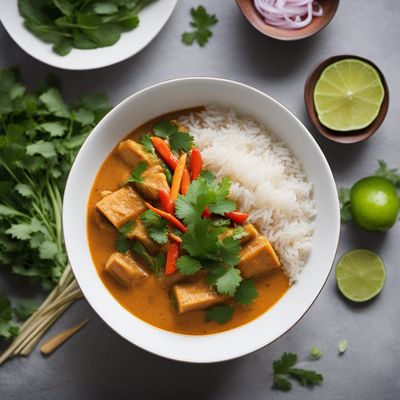
Samlar Kari - Cambodian Coconut Curry
Coconut Delight: A Flavorful Cambodian Curry
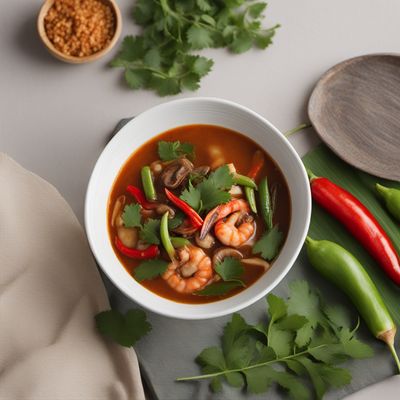
Spicy and Sour Thai Tamarind Soup
Tantalizing Tamarind Delight: Spicy and Sour Thai Soup

Javanese-style Misal Pav
Spicy Javanese Misal Pav: A Fusion of Indian and Indonesian Flavors

Cambodian-Style Turnip Cake
Savory Delight: Cambodian-Style Turnip Cake
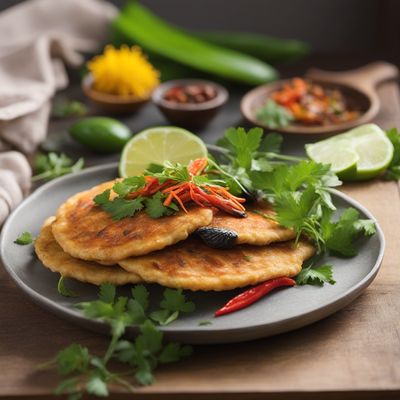
Crispy Thai Seafood Pancake
Oceanic Delight: Crispy Thai Seafood Pancake

Authentic Indonesian Rawon Recipe
Black Magic Beef Stew: A Flavorful Indonesian Delight

Apohtin Rendang
Spicy and Fragrant Apohtin Rendang: A Malay Twist on a Cypriot Classic
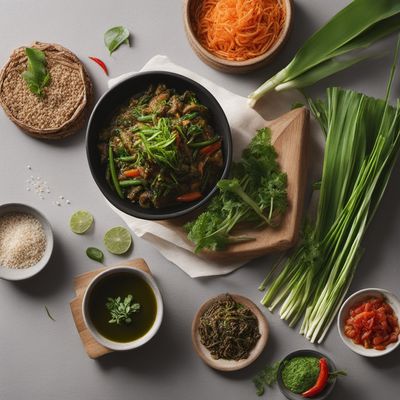
Sundanese-style Popara
Sundanese Delight: A Flavorful Twist on Popara
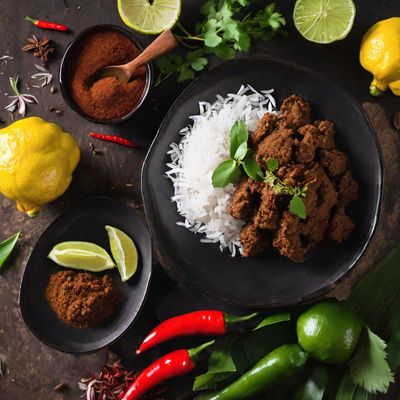
Thai-style Rendang Curry
Spicy and Fragrant Thai Rendang Curry

